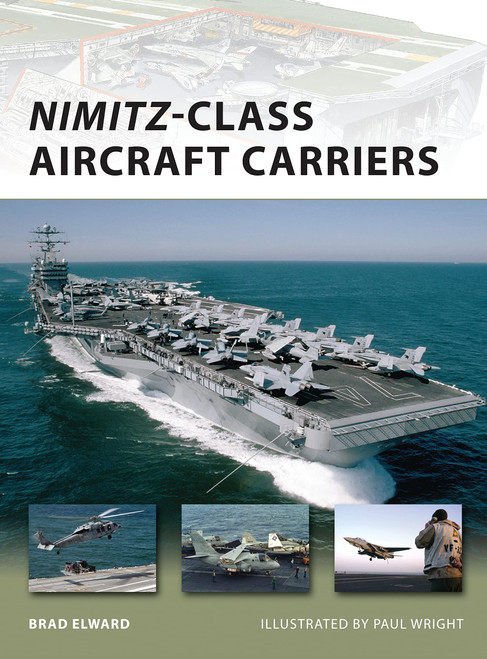Product Description
The history of the US Navy's biggest aircraft carriers to be built during World War II, which found a second life as the backbone of the Cold War fleet.
Entering service in September 1945, the Midway-class aircraft carrier was the US Navy's ultimate World War II-era design, and would be the largest and most capable American carriers as the Cold War dawned. These prestigious, nuclear-capable carriers operated in the Cold War frontlines of the Atlantic and Mediterranean early in their careers, and were big enough to accept significant modernizations over the next decades. Later in their careers, two of the ships saw combat in the Vietnam War. The last ship of the class, Midway, launched the first carrier airstrikes of the Gulf War in 1990–91, and did not finally leave service until 1992.
In this book Mark Stille explains how the Midway class was the US Navy's attempt to build a much larger and much more survivable version of the wartime Essex-class. The Midway class was the first US Navy carrier to be designed with an armored flight deck, and other parts of the ships were also better protected than the Essex class. The new class was designed with an expanded offensive capability, carrying up to 137 aircraft. Midway-class ships also featured a massive secondary and antiaircraft battery, and all three were later also fitted to carry Regulus surface to surface missiles. They ended their careers carrying Sea Sparrow SAMs and CIWS mounts.
The Midway class constituted the heart of the US Navy's carrier fleet during the first 15 years of the Cold War until the Forrestal-class supercarriers came into service in the early 1960s. The importance of these ships in conducting presence missions in the European theater early in the Cold War will be highlighted. The basic soundness of the original design will also be highlighted. Two of the ships in the class enjoyed prolonged careers, which will also be traced, and Midway ended its career as a museum ship in San Diego, the only non-Essex-class American carrier to be preserved.





